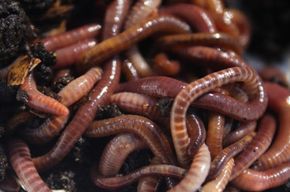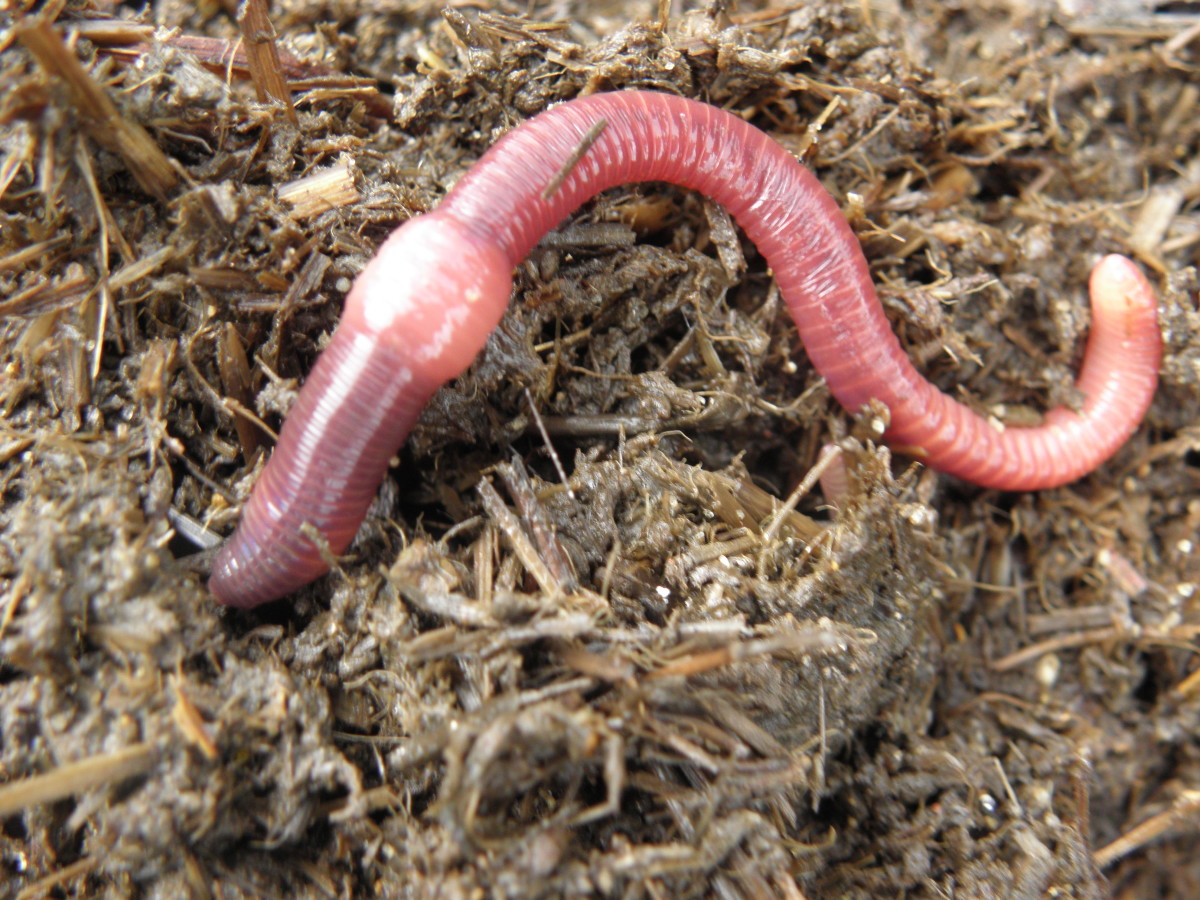Transform Your Waste with Red Wiggler Composting: A Complete Beginner's Guide
Transform Your Waste with Red Wiggler Composting: A Complete Beginner's Guide
Blog Article
Discovering the Systems of Red Wiggler Composting: A Comprehensive Overview to the Refine and Its Favorable Effect on Lasting Horticulture Practices
The elaborate devices of red wiggler composting, making use of the special physiology of Eisenia fetida, offer a compelling method for improving lasting horticulture techniques. As city gardening gains traction, recognizing the subtleties of this composting method comes to be increasingly pertinent.
Understanding Red Wigglers
Red wigglers, medically referred to as Eisenia fetida, are a types of earthworm very related to for their efficiency in composting natural waste. These worms flourish in nutrient-rich atmospheres, especially in rotting raw material, making them perfect for vermicomposting systems - Red Wiggler Composting. Characterized by their reddish-brown pigmentation and fractional bodies, red wigglers are smaller than common earthworms, usually gauging in between three to four inches in length
Their one-of-a-kind physiological characteristics enhance their composting capacities; for circumstances, they have a high reproductive price, permitting populations to increase rapidly under suitable conditions. Red wigglers eat organic product, breaking it down with their digestive system systems, which causes nutrient-rich spreadings that function as an excellent natural fertilizer. Their ravenous hunger allows them to refine large quantities of food waste effectively, dramatically minimizing landfill contributions.
In enhancement to their composting expertise, red wigglers play an essential role in dirt health. Red Wiggler Composting. They freshen the dirt and facilitate the decay of organic matter, additional enhancing the soil ecological community. Comprehending the attributes and ecological benefits of red wigglers is necessary for anyone looking to carry out sustainable gardening methods via effective composting approaches
The Composting Process
The composting procedure includes breaking down organic materials into nutrient-rich garden compost, a job that red wigglers excel at due to their specialized digestion systems. These worms consume food scraps, yard waste, and various other organic matter, transforming them right into useful garden compost through a collection of organic and chemical processes.
At first, the organic issue is mixed with bed linens materials such as shredded paper or dried fallen leaves, developing an ideal setting for the worms. As the red wigglers ingest this mix, they break it down with their gut, where bacteria further disintegrate the product. This process creates warmth, advertising microbial activity, which speeds up decay.

Benefits of Red Wiggler Composting
Numerous garden enthusiasts and eco-conscious individuals recognize the various advantages of red wiggler composting, making it a prominent option for effective waste management. One of the main benefits is its ability to considerably decrease natural waste in landfills - Red Wiggler Composting. Red wigglers successfully break down cooking area scraps and various other eco-friendly products, changing them right into nutrient-rich vermicompost that enriches dirt health and wellness
Furthermore, red wiggler composting enhances dirt structure and fertility. The resulting vermicompost is brimming with useful microorganisms, which advertise plant development and improve nutrient retention. This all-natural fertilizer not only sustains sustainable horticulture techniques yet also decreases dependence on chemical plant foods, cultivating a much healthier environment.
Additionally, red wiggler composting is a space-efficient method, making it perfect for urban gardeners with limited room. The process can be carried out indoors or outdoors, permitting year-round composting no matter climate problems. Furthermore, red wigglers are low-maintenance microorganisms that call for marginal treatment, making them easily accessible for amateur gardeners.
Fundamentally, the benefits of red wiggler composting prolong beyond waste decrease; they add helpful hints to healthier soils, sustainable gardening practices, and ecological stewardship, placing it as a valuable practice in modern cultivation.
Ideal Practices for Composting
For successful red wiggler composting, sticking to finest methods is important to optimize effectiveness and guarantee an efficient setting for these worms. This equilibrium promotes optimal decomposition and enhances the worms' health and wellness.
Next, display moisture degrees, going for a moist, sponge-like consistency. Extremely damp problems can bring about anaerobic decay, while extreme dryness may prevent worm task. Additionally, ensure correct aeration by turning the compost consistently, which assists prevent compaction and enables for appropriate oxygen circulation.
Temperature is an additional critical aspect. Keep a series of 55 ° F to 77 ° F(13 ° C to 25 ° C) to promote their explanation worm activity and microbial growth. Stay clear of presenting meat, milk, and oily foods, as these can attract pests and produce smells.
Enhancing Sustainable Gardening
Sustainable gardening embodies a holistic method that balances environmental concepts with functional horticulture techniques. By integrating approaches such as red wiggler composting, garden enthusiasts can significantly enhance their practices, promoting a more resilient ecosystem. Red wigglers, renowned for their efficient decay abilities, convert organic waste right into nutrient-rich compost, thus enriching the dirt without counting on chemical plant foods.
Executing lasting horticulture methods, such as crop turning, companion planting, and mulching, more enhances the benefits of composting. These practices not just boost dirt structure and fertility but also promote biodiversity, attracting advantageous pests and microorganisms that contribute to grow health and wellness. Using native plants can lower water intake and minimize upkeep, straightening with water preservation initiatives.

Conclusion
In verdict, red wiggler composting represents a crucial approach for enhancing lasting horticulture techniques. The efficient digestion of natural waste by Eisenia fetida not just produces nutrient-rich vermicompost however additionally fosters improved soil wellness and framework. By promoting cardiovascular disintegration, this strategy minimizes smells and waste while lowering dependence on chemical plant foods. Ultimately, the adoption of red wiggler composting can dramatically add to environmentally friendly gardening, profiting both city and amateur gardeners in their cultivation efforts.
The detailed mechanisms of red wiggler composting, making use of the distinct physiology of Eisenia fetida, present an engaging avenue for boosting lasting horticulture methods. Comprehending the characteristics and eco-friendly benefits of red wigglers is vital for anybody looking to carry out sustainable gardening practices with efficient composting methods.

In conclusion, red wiggler composting stands for an important approach for improving lasting horticulture practices. Eventually, the fostering of red official source wiggler composting can considerably contribute to eco-friendly horticulture, profiting both urban and beginner garden enthusiasts in their cultivation initiatives.
Report this page